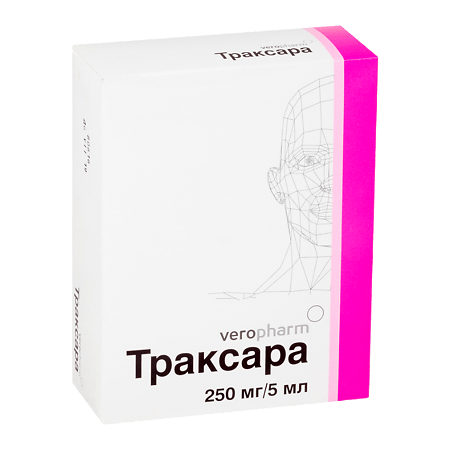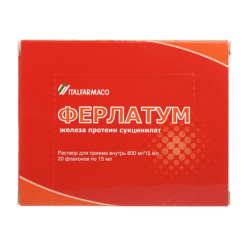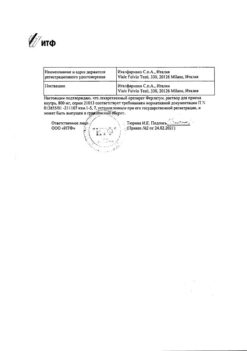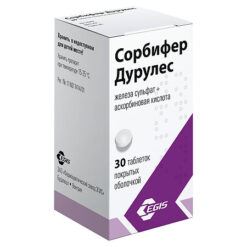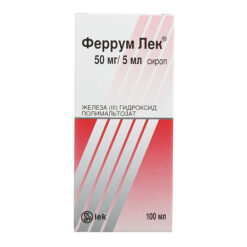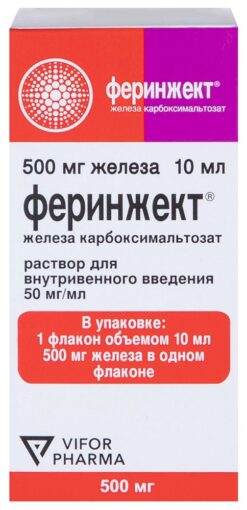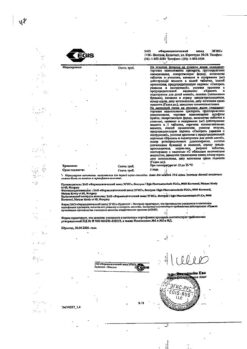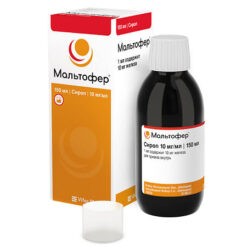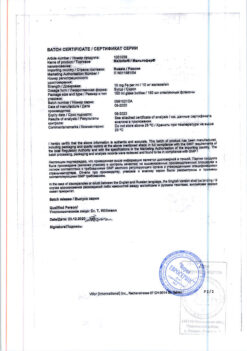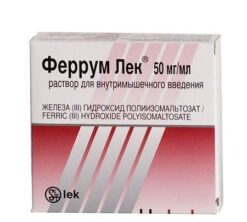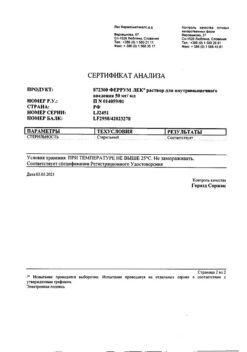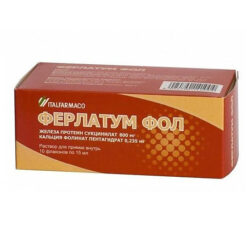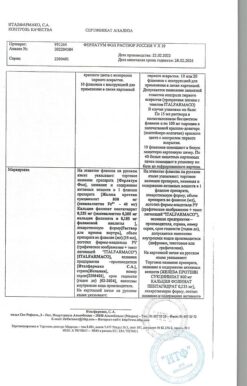No products in the cart.
Traxaranya 50 mg/ml 5 ml, 10 pcs.
€1.00
Out of stock
(E-mail when Stock is available)
Description
Antifibrinolytic agent, is a competitive (at high concentrations – non-competitive) inhibitor of plasminogen activation and its conversion into plasmin. It has local and systemic hemostatic as well as anti-allergic and anti-inflammatory effects by inhibiting the formation of kinins and other active peptides involved in allergic and inflammatory reactions. It has local and systemic hemostatic action in bleeding associated with increased fibrinolysis (platelet pathology, menorrhagia). Tranexamic acid also has anti-allergic and anti-inflammatory effects by inhibiting the formation of kinins and other active peptides involved in allergic and inflammatory reactions.Tranexamic acid at 1 mg/ml does not aggregate platelets in vitro, at concentrations up to 10 mg/ml has no effect on platelet count, clotting time or various clotting factors in whole blood or nitrate blood in healthy humans. On the other hand, granexamic acid at both 1 mg/ml blood and 10 mg/ml blood concentrations prolongs thrombin time.
Indications
Indications
Distributed relatively evenly in tissues (with the exception of cerebrospinal fluid, where the concentration is 1/10 of the plasma concentration). Penetrates through the placental barrier (the concentration in umbilical cord blood after administration to a woman at a dose of 10 mg/kg can be quite high, about 30 μg/ml of fetal serum) and the blood-brain barrier (BBB). excreted in breast milk (reaching approximately 1% of maternal plasma concentrations). It is found in seminal fluid, where it reduces fibrinolytic activity, but does not affect sperm migration. Transxamic acid quickly diffuses into the joint fluid and through the synovial membranes; it is found in the joint fluid in the same concentration as in the blood serum. The biological half-life of the joint fluid is about 3 hours. The initial volume of distribution Vd is 9-12 liters. Plasma protein binding (profibrinolysin) – less than 3%.
In the blood, about 3% is bound to protein (plasminogen). Total renal clearance is equal to plasma clearance.
Antifibrinolytic concentration in various tissues persists for 17 hours in plasma – up to 7-8 hours.
Metabolized to a small extent. The area of the iodine concentration/time curve AUC has a three-phase form with T1/2 in the terminal phase – 2 hours. Total renal clearance is equal to plasma (7 l/h). Excreted by the kidneys (the main route is glomerular filtration), more than 95% unchanged during the first 12 hours. After intravenous administration at a dose of 10 mg/kg for 24 hours, about 90% of tranexamic acid is excreted by glomerular filtration. Two metabolites of tranexamic acid have been identified: N-acetylated and deaminated derivatives. If renal function is impaired, there is a risk of accumulation of tranexamic acid.
Pharmacological effect
Pharmacological effect
An antifibrinolytic agent is a competitive (at high concentrations, non-competitive) inhibitor of plasminogen activation and its conversion to plasmin. It has local and systemic hemostatic as well as antiallergic and anti-inflammatory effects due to the suppression of the formation of kinins and other active peptides involved in allergic and inflammatory reactions. It has a local and systemic hemostatic effect for bleeding associated with increased fibrinolysis (platelet pathology, menorrhagia). Also, tranexamic acid, by suppressing the formation of kinins and other active peptides involved in allergic and inflammatory reactions, has anti-allergic and anti-inflammatory effects. Tranexamic acid at a concentration of 1 mg/ml does not aggregate platelets in vitro, at a concentration of up to 10 mg/ml of blood does not affect the number of platelets, blood clotting time or various blood coagulation factors in whole blood or nitrate blood in a healthy person. On the other hand, granexamic acid, both at a concentration of 1 mg/ml blood and 10 mg/ml blood, prolongs thrombin time.
Special instructions
Special instructions
Before starting and during treatment, it is necessary to conduct an examination by an ophthalmologist (visual acuity, color vision, fundus).
If visual impairment occurs during treatment, discontinuation of the drug is necessary. With hematuria from the upper urinary tract, there is a risk of secondary mechanical obstruction by a clot in the renal pelvis, urethra and the development of anuria. Therapy with tranexamic acid is not indicated for hematuria caused by diseases of the renal parenchyma. In these conditions, intravascular fibrin deposition is common and may aggravate the condition. In addition, in cases of massive renal bleeding of any etiology, antifibrinolytic therapy increases the risk of clot retention in the renal pelvis.
Although clinical data do not demonstrate a significant increase in the incidence of thrombosis, the possible risk of thrombotic complications cannot be completely excluded. Cases of venous and arterial thrombosis and thromboembolism have been reported in patients receiving tranexamic acid. In addition, cases of occlusion of the central retinal artery and central retinal vein have been reported. A few patients have developed intracranial thrombosis during treatment with tranexamic acid, but further studies are needed to evaluate the significance of this possible risk.
There are no data on the use of tranexamic acid in women taking oral contraceptives at the same time.
In patients at high risk of developing thrombosis (thromboembolic events and history, family history of thromboembolism), tranexamic acid should be used only when absolutely necessary and under strict medical supervision. The presence of blood in body cavities, for example, the pleural cavity, articular cavity and urinary tract (including kidneys, pelvis, bladder) can lead to the formation of an “insoluble clot” due to extravascular coagulation, which may be resistant to physiological fibrinolysis. Patients with irregular menstrual bleeding should be given tranexamic acid only after the cause has been determined. If the amount of menstrual bleeding is inadequately reduced during treatment with tranexamic acid, alternative treatment should be considered.
The effectiveness of the drug in the treatment of menorrhagia in patients under 15 years of age has not been established.
Patients with DIC who require treatment with tranexamic acid should be closely monitored by a physician experienced in the treatment of this disease.
Impact on the ability to drive vehicles. Wed and fur.:
In cases of adverse reactions on the part of the central nervous system and/or the organ of vision, you should refrain from driving vehicles or working with other mechanisms that require increased concentration and high speed of psychomotor reactions.
Active ingredient
Active ingredient
Tranexamic acid
Composition
Composition
Composition per 1 ml
Active substance: Tranexamic acid 50.0 mg
Excipients: Water for injection up to 1 ml.
Contraindications
Contraindications
Hypersensitivity to tranexamic acid or other components of the drug. Patients with a history and risk of developing thrombosis when simultaneous treatment with anticoagulants is impossible, active thromboembolic disease, incl. deep vein thrombosis, pulmonary embolism, cerebral thrombosis, acquired color vision impairment, subarachnoid hemorrhage (risk of edema and cerebral infarction), hematuria caused by diseases of the renal parenchyma, simultaneous treatment with coagulation factor IX or anti-inhibitory coagulant complex. Use in pediatrics
There is no clinical experience with the use of tranexamic acid in patients under 15 years of age with menorrhagia.
Clinical experience in children under 2 years of age is limited, so tranexamic acid should only be used in this category of patients if the potential benefit outweighs the risk. The benefit of using antifibrinolytic drugs in newborns and children under 2 years of age remains controversial, since bleeding in this category of patients is more associated with the immaturity of the coagulation system than fibrinolysis.
Published data on the effectiveness and safety of the use of tranexamic acid do not allow us to draw a final conclusion about the benefits of using tranexamic acid in newborns and children under 2 years of age. Due to the physiological characteristics of newborns and infants (immaturity of the blood-brain barrier and nocturnal function), there is a potential risk of developing seizures during the use of tranexamic acid.
With caution:
Renal failure (risk of accumulation), upper urinary tract bleeding (risk of secondary mechanical obstruction by blood clot), patients at high risk of thrombosis (history of thromboembolic events or family history of thromboembolism), disseminated intravascular coagulation (DIC).
Side Effects
Side Effects
From the digestive system: anorexia, nausea, vomiting, heartburn, diarrhea.
From the side of the central nervous system: dizziness, weakness, drowsiness, impaired color vision, blurred vision, convulsions (with rapid intravenous administration).
From the blood coagulation system: thrombosis, thromboembolism (the risk of development is minimal).
From the cardiovascular system: tachycardia, chest pain, arterial hypotension (with rapid intravenous administration). Allergic reactions: skin rash. itching hives.
Interaction
Interaction
Pharmaceutically incompatible with urokinase, hypertensive drugs (norepinephrine), dipyridamole, diazepam. It is not allowed to mix tranexamic acid solution with antibiotic solutions (benzylpenicillin, teracyclines), blood proteins.
May interfere with the development of the thrombolytic effect of fibrinolytic drugs.
Concomitant use of tranexamic acid with coagulation factor IX or an anti-inhibitory coagulant complex increases the risk of thrombosis.
Overdose
Overdose
There are limited data on cases of overdose. One case of overdose (37 g) was reported.
Symptoms of overdose may include dizziness, headache, nausea, vomiting, diarrhea, orthostatic symptoms, and decreased blood pressure. Antidote unknown. If an overdose is suspected, hospitalization is necessary. To provide assistance, symptomatic therapy, gastric lavage, and activated charcoal are used within 1-2 hours after accidental ingestion; forced diuresis.
Storage conditions
Storage conditions
At a temperature not exceeding 25 °C. Do not freeze. Keep out of the reach of children.
Shelf life
Shelf life
3 years. Do not use after the expiration date stated on the package.
Manufacturer
Manufacturer
Veropharm LLC, Russia
Additional information
| Shelf life | 3 years. Do not use after the expiration date stated on the package. |
|---|---|
| Conditions of storage | At a temperature not exceeding 25 ° C. Do not freeze. Keep out of reach of children. |
| Manufacturer | Veropharm AO, Russia |
| Medication form | solution for injection |
| Brand | Veropharm AO |
Related products
Buy Traxaranya 50 mg/ml 5 ml, 10 pcs. with delivery to USA, UK, Europe and over 120 other countries.

